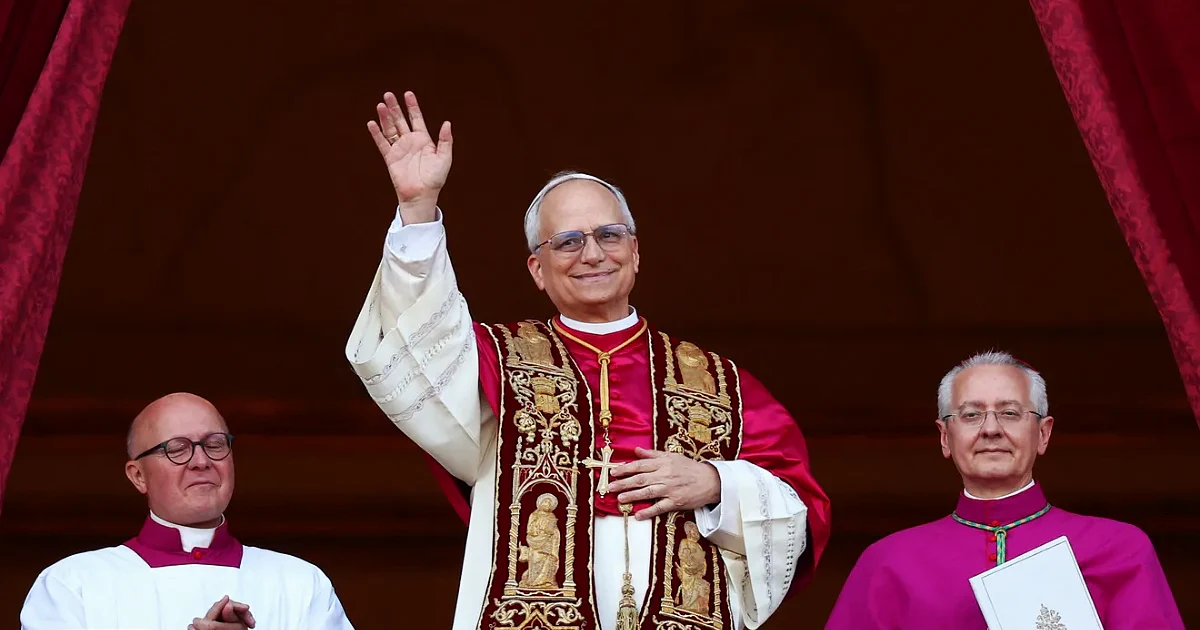Every year, students rejoice at the prospect of having a long weekend during February. For some, it is a whole week, for others, just three extra days. Either way, the February break is a much-needed vacation for students to relax after a stressful week, but despite that, it seems almost pointless when considering its relevance to the school year, other important breaks, and its length.
The main argument for the meaning of February break is that it coincides with President’s Day, an important American holiday. This argument is not great for two main reasons, the first of which is that students get less time off for more important American holidays. Take, for example, Halloween, in which students are not given any time off from school. Teachers typically refrain from assigning homework on Halloween, but that is the extent, and the aforementioned policies are not even mandatory. Another big holiday is Thanksgiving, which only nets students a half day and two days off. Comparing both of these holidays to President’s Day, two are celebrated far more widely than the other. It seems outrageous that President’s Day of all things would get more time off for students than Thanksgiving.
Another argument against the idea of President’s Day being the main point of the February break is the concept of religious holidays influencing major breaks. Winter break connects to Christmas, Spring break has some loose connections to Easter, and even individual days off are connected to religion, such as Yom Kippur. The one exception to this is Thanksgiving, which, along with Halloween, is possibly the biggest secular holiday, but President’s Day simply cannot compare. It would make a bit more sense if the break was connected to Valentine’s Day, but that simply isn’t the case.
On top of the main arguments in its favor being a bit odd, the length of February break can also make students question its existence. It is treated as if it were five days, and that is the case in many school districts, Glen Ridge being one of the exceptions. This policy, seemingly created for the same reasons as to why students question the February break, created more points against the break’s favor. Both Spring and Winter break gives students five extra days off, leading to February break feeling much shorter by comparison. During a break, the first day off can feel insignificant, as it is merely the start of the break. The final day of the break, in contrast, holds the prospect of the imminent return to school, increasing the stress of the students as they prepare to go back. February break has this odd situation where the only days you truly get to enjoy are the Monday before returning, as while the weekend is nice, that is always a given and does not contribute to the overall February break.
With all of the points against February break, one has to wonder what good reason could justify its existence. The stated origin of the short vacation is that, in 1977, it got so cold to the point that schools did not want to waste energy by trying to heat the buildings. As such, they gave their students a week off while they waited for the weather to improve. While I do not doubt that this event could have been the origin of the February break, there is a much more unfortunate reason why it persists to this day. The simple explanation is that it gives time for wealthy students to go to their ski lodges and go skiing. This could offer reasoning behind the fact that the break exists mostly in the northeast, as it is the best area for skiing. This is the unfortunate truth regarding many seemingly insignificant aspects of student life, that they exist to benefit the privileged, policies created in an older time. Having equality in education is important for the future of the world, and while February break may not disfavor the poor, many educational policies do.


















